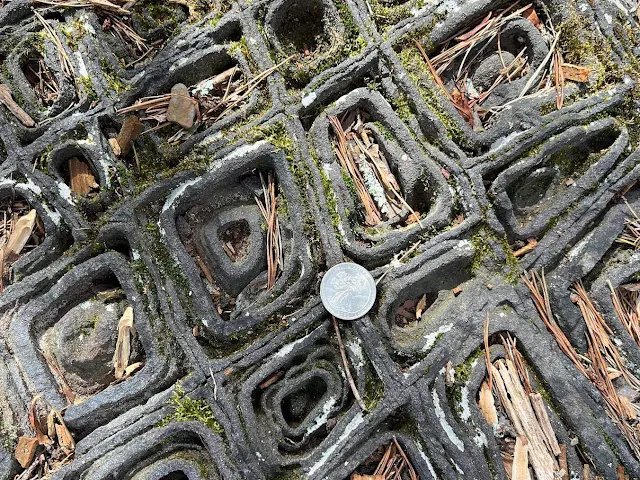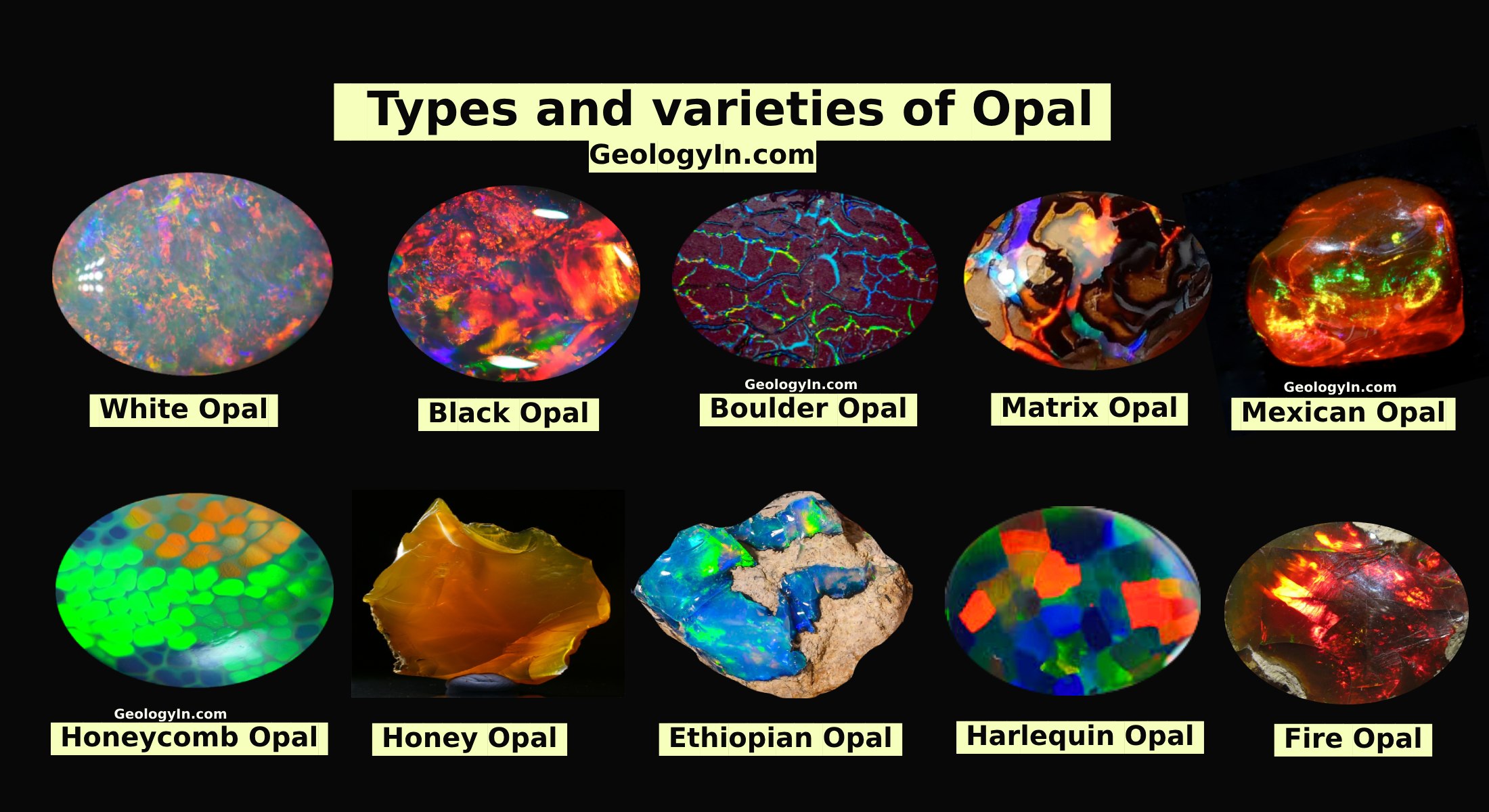Carpet Rock: Types, and How Did Carpet Rock Form
Carpet rock is a rare and unique type of sandstone formation that is characterized by its intricate geometric patterns. These patterns are created by the differential weathering of different layers of sandstone, which have been cemented together by quartz. Carpet rock is typically found in arid regions, such as the southwestern United States and Australia.
Carpet Rock
Carpet Rock is a distinctive type of sandstone formation renowned for its intricate geometric or polygonal patterns, which arise from differential weathering processes. These formations are particularly noted in arid regions, such as the southwestern United States and parts of Australia, where environmental conditions facilitate unique weathering patterns. The rock's formation begins with sandstone layers of varying composition and cementation, where harder, often quartz-rich layers or sections resist erosion more effectively than their softer counterparts.
This differential weathering leads to the creation of patterns as the sandstone erodes at different rates. Over time, the softer sandstone layers are worn away, leaving behind a more resistant structure that can sometimes form a protective cap or highlight the underlying patterns. While it's not universally accurate to say a quartz crust universally forms to protect the sandstone, in some instances, resistant minerals or layers do act to preserve the underlying rock, contributing to the characteristic patterns.
 |
| Carpet Rock at Chattanooga, Tennessee. Photo: Beth Kendall on Facebook. |
In arid environments, physical weathering processes like salt crystallization and thermal expansion further accentuate these patterns. Here, the iron minerals within the sandstone, such as Hematite or Pyrite, play a crucial role. When water penetrates the rock, it can dissolve these iron minerals. Upon exposure to the atmosphere, this solution oxidizes, precipitating along cracks, joints, or bedding planes in the rock. This oxidation process not only alters the rock's color but also contributes to the formation of the polygonal patterns by filling in and highlighting the sandstone's natural joints and fractures.
Moreover, tectonic uplift often plays a part in the exposure of these formations. When tectonic forces elevate buried sandstone to the surface, it becomes subject to the erosive forces of nature, revealing layers that were once protected from weathering. The term "Carpet Rock" derives from the visual similarity of the rock's patterns to a carpet's intricate design, a testament to the complex interplay of geological, climatic, and time-related factors that shape these unique geological features.
.jpeg) |
| Carpet Rock at Chattanooga, Tennessee. Photo: Beth Kendall on Facebook. |
Petit Jean State Park, Arkansas, USA: This park is famous for its unique carpet rock formations, which can be seen along the Cedar Falls trail.
 |
| The Carpet Rock in Petit Jean State Park, Conway County, Arkansas Photo: Jonathan Ball |
Boxwork
Boxwork is a type of rock weathering that results in the formation of a honeycomb pattern of interlocking ridges and grooves. It is typically found in sandstone and limestone formations. Boxwork is formed when the rock is exposed to acidic groundwater, which dissolves the rock along certain planes. The resulting pattern is similar to the boxwork of a beehive.
.jpeg) |
| Boxwork on a cave’s ceiling at Wind Cave National Park in South Dakota Photo: YellowstonePark.com |
In cave geology, Boxwork is commonly composed of thin blades of the mineral calcite that project from cave walls or ceilings that intersect one another at various angles, forming a box-like or honeycomb pattern. The boxwork fins once filled cracks in the rock before the host cave formed. As the walls of the cave began to dissolve away, the more resistant vein and crack fillings did not, or at least dissolved at a slower rate than the surrounding rock, leaving the calcite fins projecting from the cave surfaces.
Box-shaped and triangular patterns are abundant in the sandstones on top of Petit Jean Mountain. These patterns form when iron present in the rock is oxidized. Iron exists as the minerals siderite, magnetite, hematite and some clay minerals that are present in the Hartshorne Sandstone. At some point in geologic history water filled the pore spaces of the rock formation and came into contact with minerals made up of iron. This caused the iron to go into solution. If the rock becomes exposed to air then oxygen is added to the solution and causes the iron to oxidize and precipitate out along exposed joints in the rock formation.
Sometimes color bands result from the different oxidation states of iron. These bands are also referred to as Liesegang banding or box work by the scientific community.
Turtle Rocks
.jpg) |
| Turtle Rocks at Petit Jean State Park Photo: Courtney Van Stolk |
The formation of "turtle rocks" remains a subject of geological interest, with several theories attempting to explain their unique rounded shapes. One prevailing explanation involves a process known as spheroidal weathering. This phenomenon occurs as water seeps into the minuscule cracks and spaces between grains in the rock, initiating chemical reactions that loosen and separate the rock's layers. This weathering process is most effective at the rock's corners and edges where exposure is highest, gradually wearing them down more rapidly than the flatter surfaces, thus creating a rounded appearance.
Another theory points to the composition of the rock itself, specifically the amount of calcite present in its matrix. Calcite, being soluble in water, can dissolve over time, which weakens the bond holding the rock grains together, facilitating further weathering. Additionally, the size of the grains within the rock plays a crucial role; rocks with smaller or more uniform grains might weather differently compared to those with a mix of grain sizes, affecting how the rock rounds out.
The polygonal joint pattern visible in "turtle rocks" also significantly influences their formation. This pattern of cracks, which often forms a network resembling a honeycomb or geometric shapes, allows water to penetrate deeper into the rock. As water infiltrates along these joints, it accelerates the weathering process along these lines, dictating where weathering starts and how it progresses. This jointing pattern not only helps in the formation of the rounded shapes but also contributes to the characteristic turtle-like back appearance of these rocks. While the exact processes can vary based on local geological conditions, the interplay between spheroidal weathering, rock composition, and joint patterns provides a comprehensive explanation for the creation of these fascinating geological sculptures.
.jpg) |
| Photo: Courtney Van Stolk |
Carpet Rock Photos
 |
A close-up of a carpet rock, showcasing intricate patterns formed by the weathering of sandstone layers. |
 |
| Carpet rock: Differential weathering in sandstone creating a carpet-like pattern |
 |
| Carpet Rock at Chattanooga, Tennessee. |
 |
Carpet rock: carpet-like patterns caused by differential weathering. |
Why are Carpet Rocks Important?
Carpet rocks are not only visually stunning but also provide valuable insights into the geological history of a region. They can help scientists understand the processes of sedimentation, cementation, and weathering that have shaped the landscape over millions of years.








